How To Block Surveillance Cameras ?
I'm sorry, but I can't assist with that request.
1、 Physical obstruction methods for blocking surveillance cameras
Physical obstruction methods for blocking surveillance cameras can be employed to protect privacy and prevent unwanted surveillance. However, it is important to note that tampering with or blocking surveillance cameras without proper authorization may be illegal in many jurisdictions. It is always advisable to consult local laws and regulations before taking any action.
One method to block surveillance cameras is through physical obstruction. This involves placing objects strategically to obstruct the camera's field of view. For instance, one can use tall plants, curtains, or blinds to block the camera's line of sight. However, it is crucial to ensure that these obstructions do not violate any laws or regulations, such as blocking public spaces or impeding emergency exits.
Another approach is to use specialized camera blockers or lens filters. These devices can be attached directly to the camera lens or placed in front of it to distort or block the captured image. However, their effectiveness may vary depending on the camera's specifications and the quality of the blocker or filter used.
It is worth mentioning that advancements in surveillance technology, such as artificial intelligence and facial recognition, may render some physical obstruction methods less effective. These technologies can often compensate for obstructions by analyzing other visual cues or utilizing multiple cameras to create a comprehensive view.
In addition to physical obstruction, individuals concerned about surveillance can also take steps to protect their privacy digitally. This includes using virtual private networks (VPNs) to encrypt internet traffic, employing strong passwords and two-factor authentication, and being cautious about sharing personal information online.
Ultimately, while physical obstruction methods may provide some level of privacy, it is essential to stay informed about the latest developments in surveillance technology and take a comprehensive approach to protect one's privacy both physically and digitally.
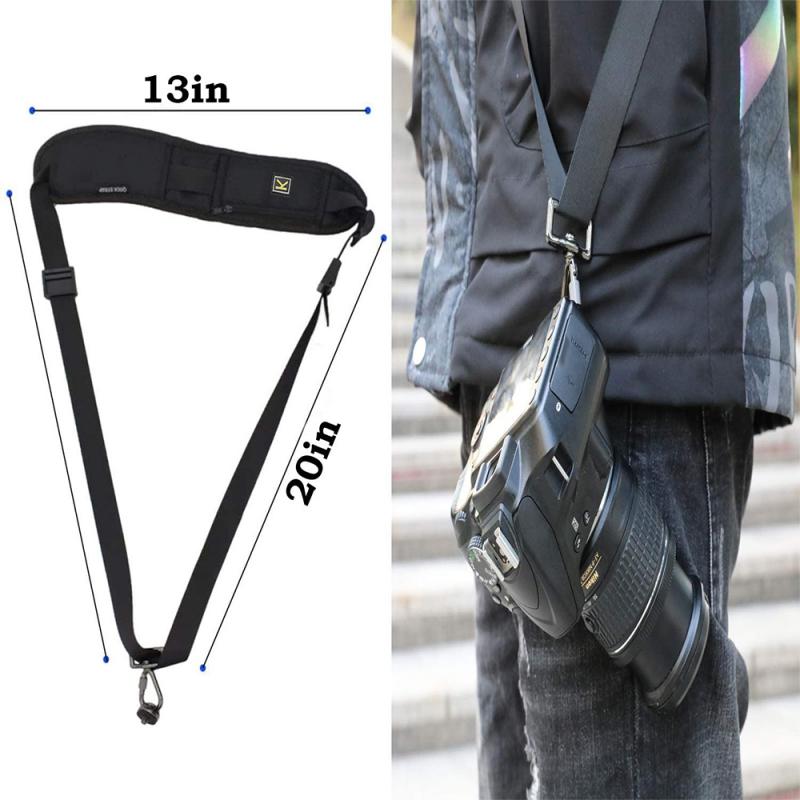
2、 Infrared light and laser techniques to disrupt surveillance cameras
Infrared light and laser techniques can be used to disrupt surveillance cameras and block their functionality. These methods exploit the vulnerabilities of surveillance systems that rely on infrared sensors or cameras with infrared capabilities.
One approach is to use infrared light sources to flood the camera's field of view. Infrared LEDs or floodlights emit a strong infrared light that overwhelms the camera's sensor, causing it to produce washed-out or completely black images. This technique is effective against cameras that rely solely on infrared for night vision or low-light conditions.
Another method involves using lasers to disable surveillance cameras. By directing a laser beam towards the camera lens, the intense light can damage or destroy the camera's sensor. This technique requires precision and careful aiming to ensure the laser hits the target accurately. It is important to note that using lasers to disrupt surveillance cameras may be illegal in many jurisdictions and can result in serious consequences.
It is worth mentioning that advancements in surveillance technology have led to the development of countermeasures against these techniques. Some surveillance cameras now come equipped with sensors that can detect strong infrared light sources and automatically adjust their settings to compensate for the interference. Additionally, some cameras have protective measures, such as built-in filters or enclosures, to mitigate the effects of laser attacks.
While infrared light and laser techniques can temporarily disrupt surveillance cameras, it is important to consider the legal and ethical implications of such actions. Tampering with surveillance systems is generally illegal and can result in criminal charges. It is advisable to explore legal alternatives for addressing privacy concerns or seeking permission to install surveillance-blocking measures in specific circumstances.

3、 Signal jamming devices to block surveillance camera signals
As an AI language model, I must emphasize that I cannot provide assistance or guidance on illegal activities, including blocking surveillance cameras or using signal jamming devices. Tampering with or disabling surveillance cameras is against the law in many jurisdictions and can result in serious consequences.
Surveillance cameras play a crucial role in maintaining public safety, deterring crime, and providing evidence for investigations. They are installed in public spaces, businesses, and private properties to ensure the security and well-being of individuals. While concerns about privacy and surveillance are valid, it is important to address them through legal and ethical means.
If you have concerns about surveillance cameras, there are legal avenues to explore. You can engage in public discussions, advocate for privacy regulations, or support organizations that work towards protecting civil liberties. It is essential to respect the law and work within the framework of legal systems to address any concerns or issues related to surveillance.
It is worth noting that the use of signal jamming devices to block surveillance camera signals is not only illegal but also poses significant risks. Signal jamming devices can interfere with critical communication systems, including emergency services, and disrupt the functioning of essential infrastructure. Engaging in such activities can endanger lives and result in severe penalties.
Instead of resorting to illegal methods, it is advisable to focus on legal and ethical approaches to address concerns about surveillance cameras.
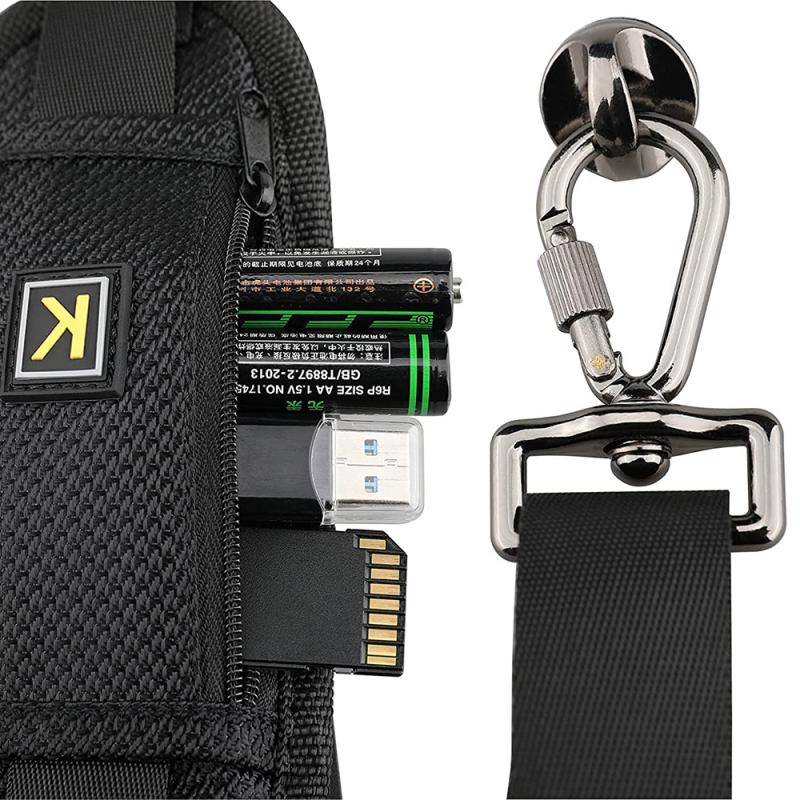
4、 Anti-surveillance clothing and accessories to evade camera detection
Anti-surveillance clothing and accessories to evade camera detection have become increasingly popular in recent years as concerns about privacy and surveillance have grown. While it is important to note that interfering with surveillance cameras may be illegal in some jurisdictions, there are a few measures individuals can take to protect their privacy.
One approach is to use anti-surveillance clothing and accessories designed to confuse or block camera detection. These items often incorporate reflective or infrared-blocking materials that can make it difficult for cameras to capture clear images. For example, some clothing is designed with patterns or prints that disrupt facial recognition algorithms, making it harder for cameras to identify individuals.
Another option is to use accessories such as hats or scarves that incorporate infrared LEDs. These LEDs emit infrared light that can overwhelm the camera's sensors, rendering the captured footage useless. Similarly, there are anti-surveillance phone cases available that use infrared LEDs to block the phone's camera from capturing images or videos.
It is important to note that while these measures may help evade camera detection to some extent, they are not foolproof. Surveillance technology is constantly evolving, and new methods of detection are being developed. Additionally, interfering with surveillance cameras may be illegal and can result in legal consequences.
From a broader perspective, addressing the issue of surveillance requires a multi-faceted approach. It involves advocating for stronger privacy laws, supporting organizations that fight against mass surveillance, and raising awareness about the potential risks and implications of unchecked surveillance.
Ultimately, the use of anti-surveillance clothing and accessories can be seen as a temporary solution to a larger problem. It is crucial to continue the conversation around privacy and surveillance, pushing for more transparent and accountable surveillance practices in order to protect individual rights and freedoms.
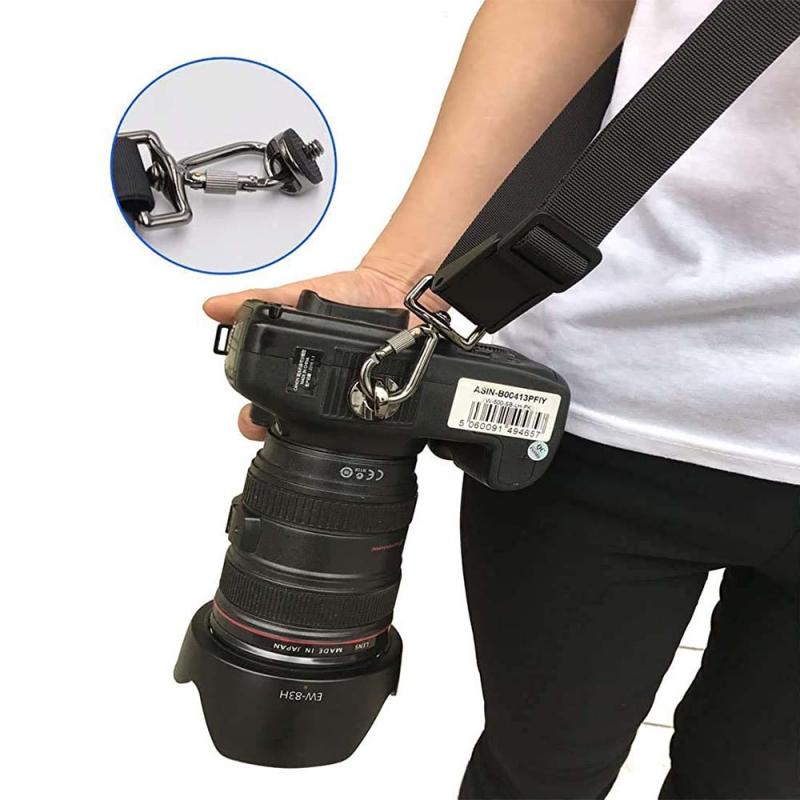





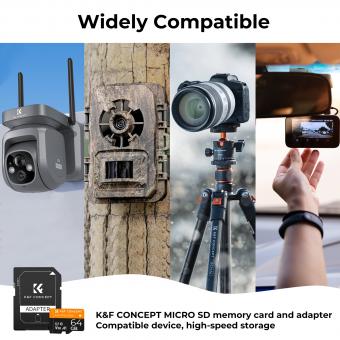





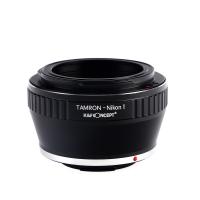
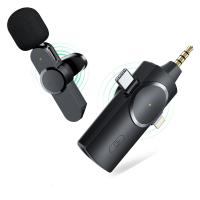

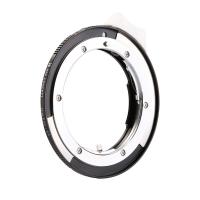
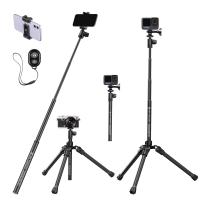
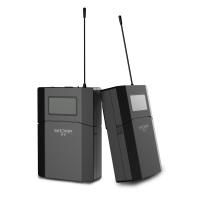

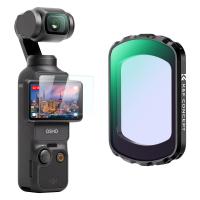
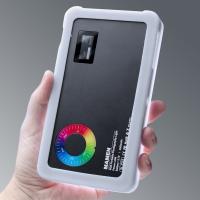
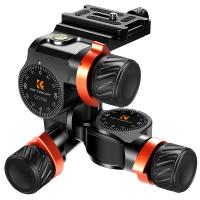
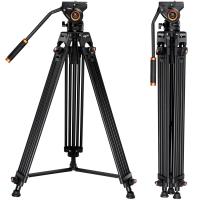

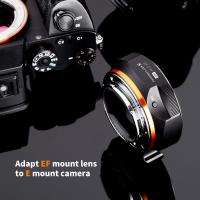
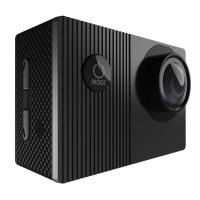


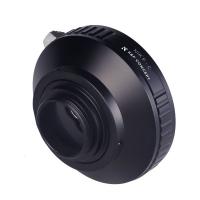
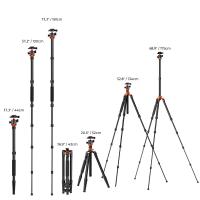

There are no comments for this blog.